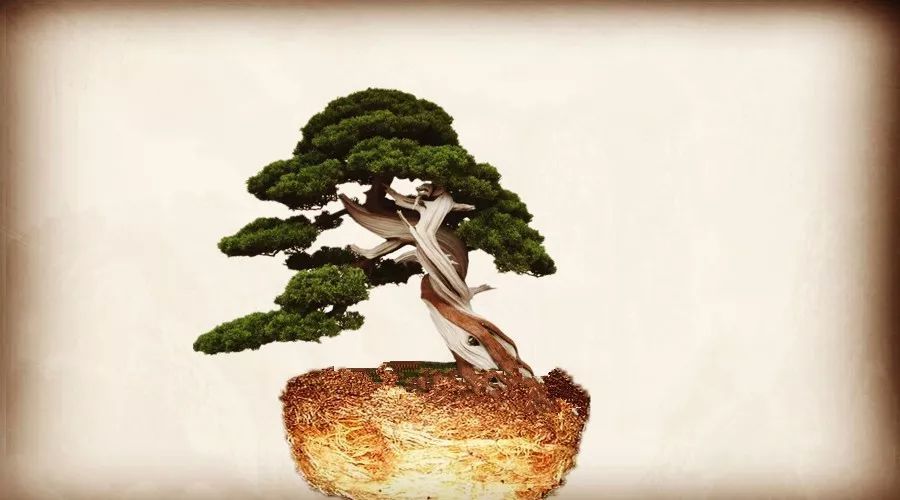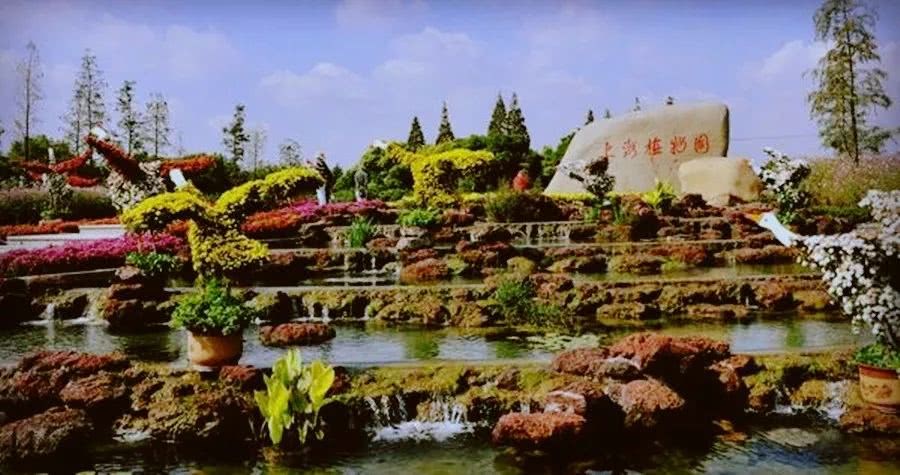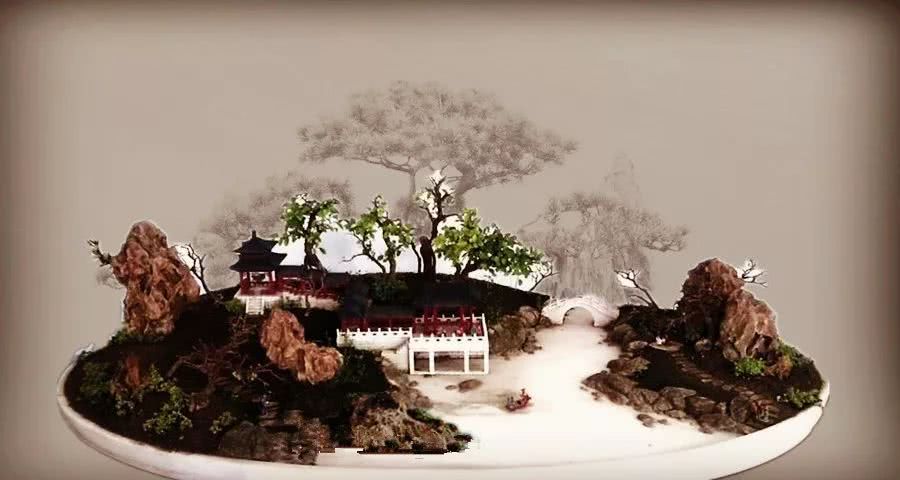Tree stump bonsai turning basin to change soil

After the growth of the stump bonsai for a period of time, the root system is covered with potted soil, crisscross, so that the ability to absorb fertilizer and water is weakened. at the same time, the nutrient elements in the potted soil are less and less, which is disadvantageous to the growth of the stump, so it is necessary to turn the pot and change the soil.
Turning the basin usually takes place in September in autumn or during the period from early spring to Qingming Festival. Tree species with fast root growth, such as pomegranate and Acer truncatum, turn their pots I times every 12 years, while slower-growing tree species, such as pines and cypresses, can turn pots once every 3-4 years.
The raw materials of basin soil are generally made of rotten leaf soil, which can be made from mountain mud, garden soil and fallen leaves. The specific approach is: after the fallen leaves of the trees in late autumn, dig a hole I meters deep in the open and convenient place, pile up the fallen leaves and mountain mud or garden soil layer by layer, and pour some people's feces and urine. The pile is 20 cm high and sealed with mud around to ferment it. Turn the pile for I times in about 1 month, and the leaves rot after 3 months, which can be sifted and used as basin soil.
Generally speaking, turning the basin only changes the soil, not the basin. Remove the pile scene from the basin, remove the persistent soil around the soil ball, the tree species that are easy to root, such as bauhinia, elm, etc., the persistent soil can be removed by about 50%; the pine and cypress that are difficult to root can only remove 20%-30% of the persistent soil. If the root system is underdeveloped, the new root is underdeveloped, and the whisker root is not covered with the bottom of the soil, remove less or not remove the persistent soil, and cut off part of the old root and rotten root, and the cut should be smooth.
After turning the basin, you should use the "deep basin shallow planting method" (if the shallow basin, this method can shorten the recovery period). That is, add a layer of hard plastic ring 4-6 cm high at the mouth of the basin. In this way, more broken tiles and coarse-grained culture soil can be added to the basin floor to raise the basin floor and promote the positioning of tree roots. Then use the conventional pot method to fill the new culture soil to 1} 2 cm away from the mouth of the plastic circle, wait for the new root to grow, and then remove the plastic ring after restoring growth. Later, through watering and Rain Water scouring, the soil higher than the basin surface gradually fell off to achieve the purpose of natural root lifting.
Watering can be done after turning the basin. Because the soil in the newly turned basin is relatively loose, you can spray it with a spray can, but the first time the water must be watered thoroughly (the "pot method" can be used to raise flowers in the family), put it in a semi-shady place, and then do not dry or water it later. Therefore, when the water absorption of potted trees is weak, watering too much, it is easy to cause rotten roots. Evergreen trees can spray more water on their leaves to increase the relative humidity of the air and reduce the evaporation of foliar water. When the potted tree sprouts new roots and recovers its growth potential (about 20 days), it can be watered normally.
Deep reading
- Prev

Shanghai Botanical Garden? bonsai garden
Shanghai Botanical Garden Bonsai Garden is the largest bonsai garden in China. After three generations of masters and artists carefully created and collected, the value of its best bonsai has been difficult to estimate! Nevertheless, the park is fully supported by higher authorities...
- Next

The construction of bonsai garden in China needs to define the rational layout of functions.
According to the artistic characteristics of Chinese bonsai, this paper discusses that bonsai garden is to create a convenient research, creation, collection and exhibition bonsai environment for tourists or garden owners (private bonsai garden).
Related
- Wuhan Hospital Iron Tree Blooming Result Was Instantly Frightened by the Gardener Master
- Which variety of camellia is the most fragrant and best? Which one do you like best?
- What is the small blue coat, the breeding methods and matters needing attention of the succulent plant
- Dormancy time and maintenance management of succulent plants during dormancy
- Minas succulent how to raise, Minas succulent plant pictures
- What are the varieties of winter succulent plants
- How to raise succulent plants in twelve rolls? let's take a look at some experience of breeding twelve rolls.
- Attention should be paid to water control for succulent plants during dormant period (winter and summer)
- Watering experience of twelve rolls of succulent plants
- Techniques for fertilizing succulent plants. An article will let you know how to fertilize succulent plants.

